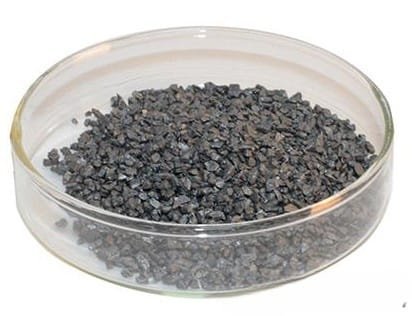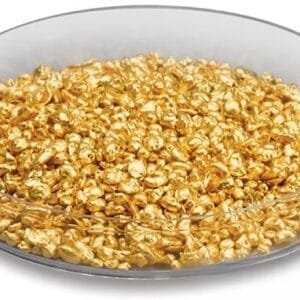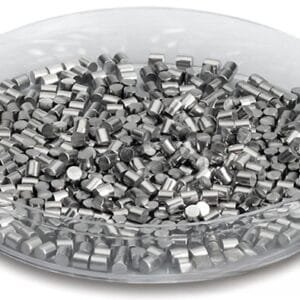Zirconium Diboride Evaporation Materials Overview
Zirconium diboride (ZrB2) is a high-purity boride ceramic used extensively in evaporation processes. At TFM, we produce zirconium diboride materials with a purity of up to 99.9995%, ensuring superior quality in film deposition. Our meticulous manufacturing processes support reliable and high-performance results across various applications.
Specifications of Zirconium Diboride Evaporation Materials
| Material Type | Zirconium diboride |
| Symbol | ZrB2 |
| Appearance/Color | Grey-black Solid |
| Melting Point | ~3246 °C |
| Density | 6.085 g/cm3 |
| Purity | 99.5% |
| Shape | Powder/ Granule/ Custom-made |
Applications of Zirconium Diboride Evaporation Materials
Zirconium diboride evaporation materials are crucial in several deposition techniques, including:
- Semiconductor Deposition: Used for creating high-performance semiconductor films.
- Chemical Vapor Deposition (CVD): Applied in forming thin films for various industrial applications.
- Physical Vapor Deposition (PVD): Ideal for coating processes to enhance durability and functionality.
These materials are particularly suited for optical applications such as wear-resistant coatings, decorative finishes, and display technologies.
Packaging and Handling
To ensure the highest quality, zirconium diboride evaporation materials are carefully packaged and labeled for efficient identification and quality control. Our packaging solutions protect the materials from damage during storage and transport.
Contact Us
TFM is a leading supplier of high-purity zirconium diboride evaporation materials. We offer products in various forms, including tablets, granules, rods, and wires, with customization options available. Additionally, we provide evaporation sources, boats, filaments, crucibles, heaters, and e-beam crucible liners. For current pricing and inquiries about other materials, please contact us directly.


 MSDS File
MSDS File



Reviews
There are no reviews yet.